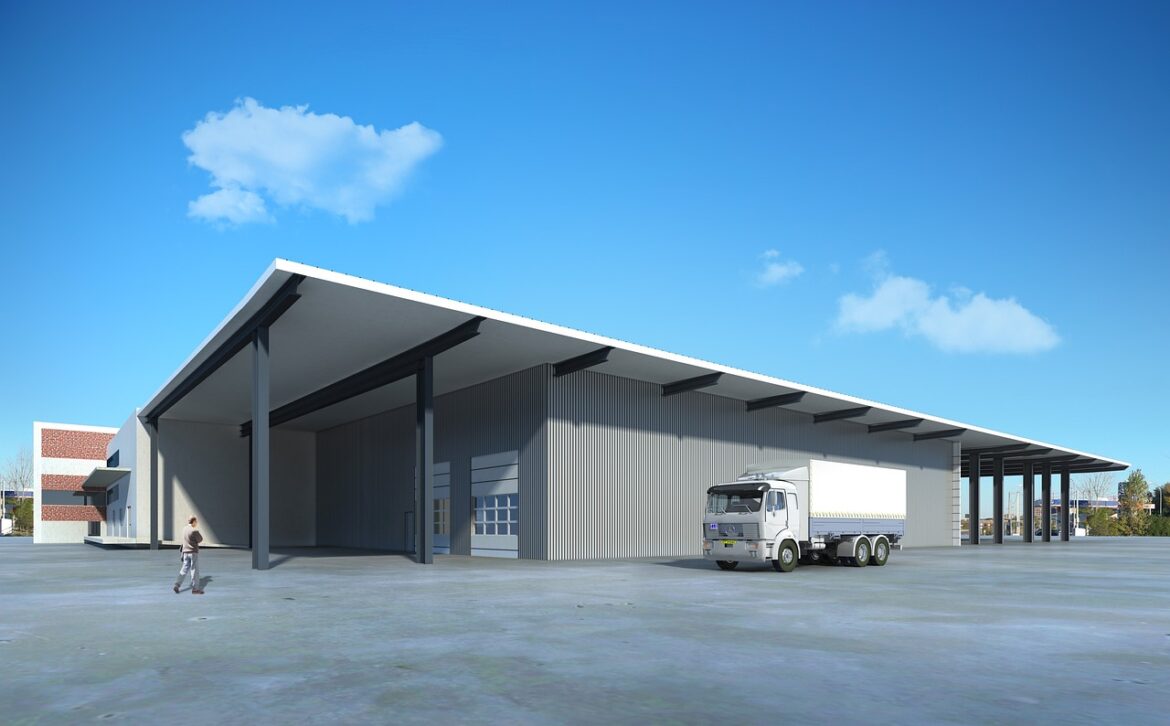Introduction
The world of supply chains is changing faster than ever. With technology advancements and geopolitical shifts creating a new landscape, manufacturers must adapt quickly. Let’s dive into the top trends shaping supply chains in 2025.
Trends That Are Transforming Supply Chains
Supply chains are evolving to become more resilient and efficient. Here are some key trends you need to know about:
AI and Automation
Most companies are adopting AI to improve operations and mitigate risks. Artificial intelligence helps in planning, procurement, and logistics by predicting disruptions and offering real-time insights[1][3]. Robotics and automation are also transforming manufacturing by addressing labor shortages and enhancing productivity[4].
Geopolitical Pressures
Changes in trade policies and protectionism are significantly impacting supply chains. Tariffs and regional conflicts are prompting companies to reassess their sourcing strategies and enhance supply chain resilience[7].
Cybersecurity Threats
With increased reliance on technology, cybersecurity risks are on the rise. Companies must implement robust security measures to protect their digital assets, especially in sectors with sensitive information[2].
Supply Chain Visibility
Companies are focusing on gaining deeper visibility into their supply chains. Technologies like digital twins and control towers help manage risks and improve transparency beyond the first tier suppliers[5].
Sustainability and Resilience
Sustainability initiatives are integral to modern supply chain strategies. Weather events and climate changes are considered when planning supply chains, with a focus on resilience and long-term sustainability[1].
Practical Steps for Success
To stay ahead in this dynamic environment, companies should:
- Invest in Technology: Leverage AI and automation to streamline processes.
- Assess Geopolitical Risks: Monitor trade policies and adjust strategies accordingly.
- Enhance Security: Protect digital systems with robust cybersecurity measures.
- Increase Visibility: Utilize advanced technologies to monitor supply chains closely.
- Prioritize Sustainability: Ensure supply chain strategies include climate resilience and sustainable practices.
Conclusion
In conclusion, the future of supply chains depends on the ability to adapt to these fast-paced trends. By embracing technology, mitigating geopolitical risks, and focusing on sustainability, companies can build resilient supply chains that thrive in any environment.
References:
- https://industrytoday.com/2025-state-of-manufacturing-supply-chain-report/
- https://www.assuredpartners.com/news-insights/blogs/manufacturing/2025/5-big-manufacturing-trends-to-watch-in-2025/
- https://www.datexcorp.com/top-trends-impacting-supply-chains-2025-datex-responding/
- https://logisticsviewpoints.com/2025/04/11/supply-chain-logistics-news-april-7th-10th-2025/
- https://cleartax.in/s/current-trends-in-supply-chain-management
- https://aws.amazon.com/blogs/industries/near-real-time-news-clustering-and-summarization-for-fsi/
- https://tradeverifyd.com/resources/5-geopolitical-trends-that-could-disrupt-your-supply-chain-in-2025
- https://ivypanda.com/essays/words/350-words-essay-examples/



